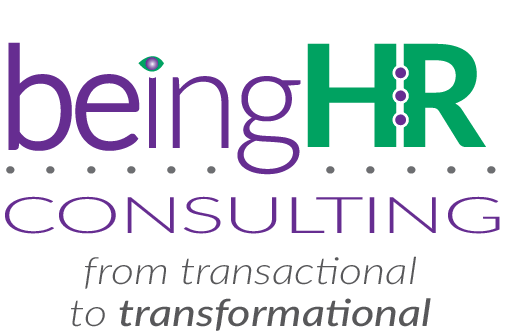Cultivate & Motivate
Learnings, teachings and tips & tricks for anyone to reference during difficult times, stressful workdays and moments.
"Great things are done by a series of small things brought together".
Vincent Van Gogh
Unleash the talents within you and within your organization. Our days are filled with distractions. Minimize distractions within your organization to help your team members focus on the things that matter: collaboration, results and service.
Remove the obstacles to the 1%.
Cumulative Effects of Strengths
As a Gallup-Certified Strengths Coach and org development professional – this really speaks to me. HR professionals will connect with this as well. Gallup identifies 4 key strategies that, when done well, increase organizational performance.
Strategy 1: Select managers with natural talent. If we’ve been lucky – we’ve worked or mentored with a natural leader. They inspire. Their teams respect them and perform for them. They may not always have strong technical skills, but they know how to leverage people and their talents.
Strategy 2: Select the right individual contributors. Look beyond education, skills and experience. I have personal experience with this as I was overlooked for a role because of my work experience – they thought it was not a fit. My persistence and courage to reach out directly to the VP paid off and I had a wonderful career there. After several years, I asked the VP why the process had stalled and she shared that it was my work experience. She also shared that this was a powerful learning experience for them --- to address their biases and keep an open mind.
Strategy 3: Engage employees. I’m a firm believer that most people join an organization to contribute and to do their best. Most people truly want to be engaged. Engagement derails for many reasons, including leadership, culture, and systems (think irrelevant processes, silos, poor communication or cross-functional collaboration) which impact an individual’s belief that they can be successful, make a difference, develop their skills or feel like they belong. It takes courage and dedication for a leaders to discover and uncover the fractures and turn them into opportunities.
Strategy 4: Focus on strengths. Truth here. How engaged can you really be if you’re in a role that isn’t a fit? Our strengths are our natural talents and when we’re in a role that isn’t capitalizing on them – or in an organization where they aren’t appreciated or accepted --- it feels down right uncomfortable! As a coach, I’m saddened when someone discovers they have suppressed their strengths and natural talents. I’ve been there, too. A leader in my very distant past gave me feedback that I should stop “tilting windmills”. At the time, I had no idea what she meant, but now I know it’s the partnership between my Strategic and Restorative strengths. What she didn’t know, but what I immediately felt, is that she shut down so much creative power. She squashed my passion and engagement in one single conversation. I left that role soon after to find other pastures where I could run free!
How could your well-being, perspective or performance be enhanced through a better understanding of your strengths?
How could your team develop stronger connections and increase performance through awareness of strengths?
How could your organization transform if you were able to move the needle in any one – or all – of these areas?
Read the article to see how much additional revenue your business could earn.
What is this thing called “Organizational Transformation”?
Organizational transformation is a process of fundamental and far-reaching change that an organization undergoes to improve its performance, competitiveness, or viability. It typically involves a significant shift in the organization's strategy, structure, culture, systems, and processes, and may be driven by a variety of factors, such as changes in market conditions, emerging technologies, or new regulatory requirements.
Organizational transformation typically involves several key phases, including:
Assessment: A comprehensive analysis of the organization's current state, including its strengths, weaknesses, opportunities, and threats. This also involves engaging with stakeholders to gain a deep understanding of the organization's capabilities and challenges.
Planning: Developing a clear and compelling vision for the organization's future state and creating a roadmap. This involves setting strategic goals, identifying the necessary changes in structure, processes, and systems, and establishing a timeline and budget for the transformation.
Implementation: Executing the plan. This involves a variety of activities such as reorganizing the structure, redesigning processes, implementing new systems and technologies, and developing new products or services. This phase requires strong project management, effective communication, and change management strategies to ensure that the transformation is carried out smoothly and effectively.
Monitoring and evaluation: Regularly monitoring progress towards the transformation goals, and measuring the effectiveness of the changes implemented.
Organizational transformation is hard work and requires strong leadership, clear communication, and a commitment to change at all levels of the organization. It also requires a culture of continuous improvement, where learning, experimentation, and innovation are encouraged and rewarded. With effective planning, execution, and monitoring, an organization can achieve significant improvements in performance, competitiveness, and long-term viability.




